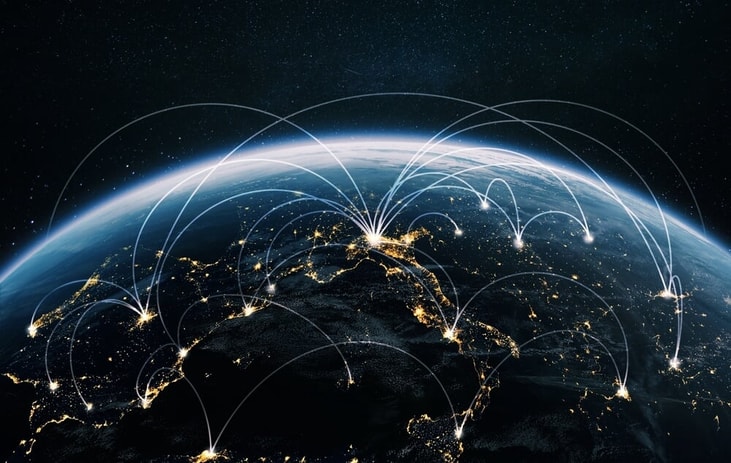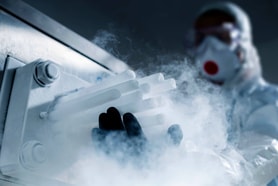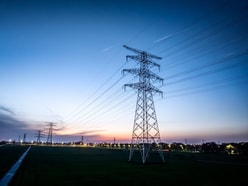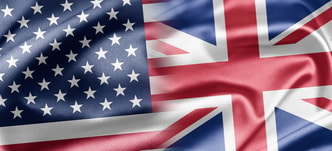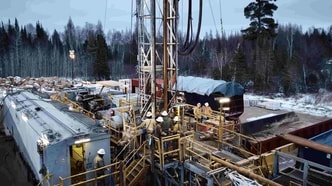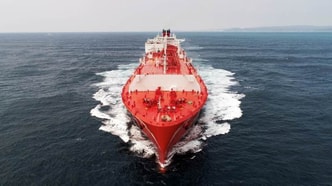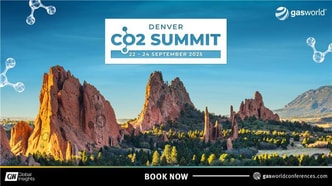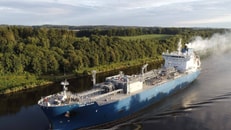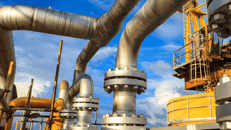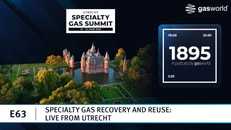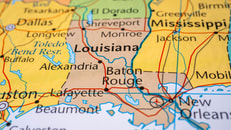How packaged gas is sold around the world
Packaged gas is the backbone of the industrial gases industry. It supplies oxygen, acetylene, argon, and carbon dioxide, plus specialty gases and much more, in high-pressure cylinders and small tanks to hundreds of thousands of businesses across the world.
Small-volume gas storage lies at the heart of the industry and substantially shapes its public profile. Everything from power welding shops to science laboratories, breweries to hospitals, plus myriad small-scale manufacturers, are using cylinders or microbulk tanks to maintain crucial gas supply.
At the same time, behind every vessel lies a supply network that varies substantially from region to region. From the indepedendent distributors active in the US to the majors’ direct-delivery dominance in parts of Europe, and the mixed up models seen in Asia and Latin America, the global packaged gases market is anything but uniform.
... to continue reading you must be subscribed

